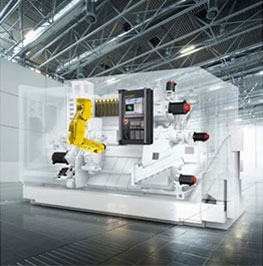

નવેમ્બર . 06, 2024 19:17 Back to list
Understanding Eddy Currents in Aluminum
Eddy currents are loops of electric current that flow in conductive materials when they are exposed to a changing magnetic field. This phenomenon is particularly significant when considering materials like aluminum, which despite being a non-magnetic metal, exhibits interesting behavior when subjected to electromagnetic influences.
Understanding Eddy Currents in Aluminum
When aluminum is placed in a varying magnetic field, it experiences a change in magnetic flux, which induces circulating currents in the material. These eddy currents flow in closed loops perpendicular to the magnetic field. The strength of these currents depends on factors such as the rate of change of the magnetic field, the electrical conductivity of the aluminum, and the geometry of the object.

Eddy currents can have both beneficial and detrimental effects. On the positive side, they can be utilized for heating aluminum in induction furnaces, where the heat generated by these currents can melt the metal efficiently without direct contact. This method is favored in the manufacturing sector for its speed and effectiveness, enabling rapid processing of aluminum components.
However, eddy currents can also lead to energy losses in systems where efficiency is crucial. For instance, in electrical transformers and motors, eddy currents can cause unwanted heating and energy dissipation. To combat this, manufacturers often use laminated cores or specialized designs to minimize the paths that eddy currents can take, thus improving overall energy efficiency.
In non-destructive testing, eddy current testing (ECT) is a widely used technique to detect flaws and material properties in aluminum components. By measuring the changes in the eddy current flow, inspectors can identify inconsistencies, cracks, or fatigue in the material without causing any damage.
In conclusion, eddy currents play a significant role in the behavior of aluminum under electromagnetic fields. While they can pose challenges in certain applications, their harnessing in processes like induction heating and non-destructive testing underscores their importance in modern technology. Understanding how to manage and utilize eddy currents effectively can lead to better designs and innovations in the use of aluminum across various industries.
Latest news
Troubleshooting Common Eddy Separator Problems
NewsJul.04,2025
The Role of Metal Recycling Plants in Circular Economy
NewsJul.04,2025
The Impact of Recycling Line Pickers on Waste Management Costs
NewsJul.04,2025
Safety Features Every Metal Shredder Should Have
NewsJul.04,2025
How Industrial Shredders Improve Waste Management Systems
NewsJul.04,2025
How Cable Granulators Contribute to Sustainable Recycling
NewsJul.04,2025